From the corner of my balcony, I watched the cotton drifting by in the wind. From March to May, the trees were full of fruit, from the top of the branches to the bottom. A small corner of my garden was quiet, filled with cotton.
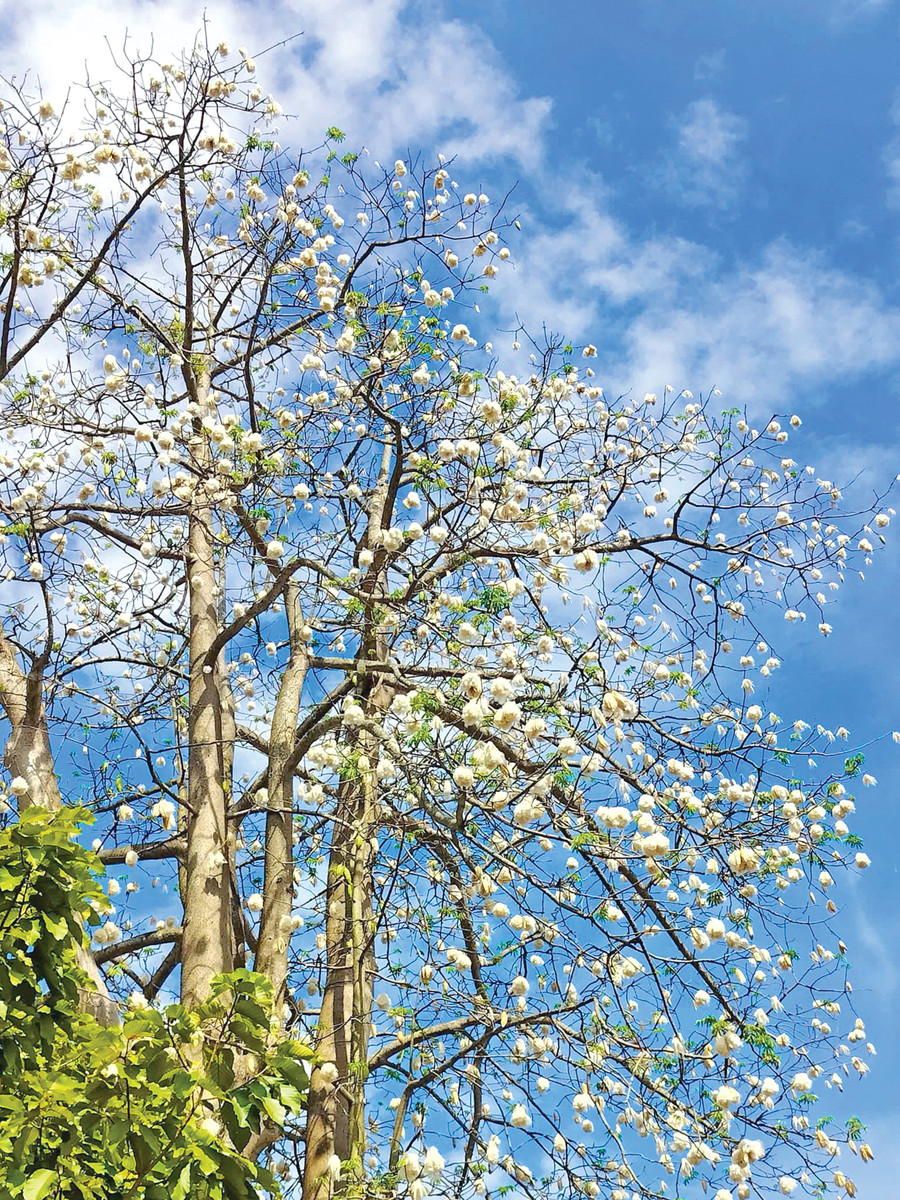
While reading a research book about the place name Saigon, I got interesting information about the cotton tree. In “Dai Nam Quoc Am Tu Vi”, author Huynh Tinh Cua gave an explanation for the name Saigon as “cúi bông”. He based it on the word “sai” meaning “cúi” and “gòn” meaning “cotton tree”.
Scholar Truong Vinh Ky also believes that the word “Sai Gon” is a transliteration of the Khmer language, because this place used to be a dense forest with many kapok trees used by the people as firewood. No one has found any traces of the kapok forest according to the above hypothesis, but it is a rather interesting and romantic explanation of a tree species associated with the place name.
Back to the story of the kapok tree in my yard. When young, the tree trunk is straight and green, but when old, it becomes rough and gray. When the sun dries it, it turns brown, and then the flowers bloom, floating throughout my childhood. Yet, when the fruit season comes, it flutters teasingly in the dry winds, creating a white, quiet space for me to daydream. Unlike other trees, the kapok tree sheds its leaves in the dry season, because “the kapok tree must sacrifice to concentrate its strength on growing the kapok fruit properly” (The Lost Kapok Trees, Nguyen Ngoc Tu).
During the fruit season, from afar, it looks like the tree is carrying clouds on its head. The cotton is dried, and after removing all the round peppercorn-like seeds, it is used to make pillow stuffing for a comfortable sleep. My mother still maintains the old habit of adding a few dried Polyscias fruticosa leaves before sewing a cotton pillowcase, which makes the sleep fragrant. That is why people often say: "The cotton has a hard shell but soft inside."
When I come across a kapok tree anywhere in the highlands, it is a happy thing for me. For example, right on Highway 19 - the section across Dak Po district, in the campus of Cu An Commune Health Station, there is a kapok tree that is nearly 40 years old. In Yang Bac commune (Dak Po district), many villages are nestled next to kapok trees in fruiting season. Not only attached as a memory, kapok trees today are also used to develop sustainable green agriculture . Some households in Chu Se and Chu Prong districts plant kapok trees as pillars for pepper to grow. I feel more sorry for the trees. Because when people cut across the top of the tree, removing the top, they still regenerate strongly.
Along with many other trees, the kapok tree is associated with this plateau in a very special way. Although it is not mentioned as much as other trees, it is like an underground stream quietly flowing from the hills to the city. My friend told me: In the past, on the porch of his house, there was a kapok tree with a tall canopy reaching up to the roof. Every kapok season, he and his children played a game of catching the kapok.
Every year, the cotton season becomes a part of your childhood memories. Recently, when shops in Pleiku set up check-in corners, many shops replanted cotton trees or took advantage of existing cotton trees like at the intersection of Nguyen Tat Thanh and Bo Ke streets to create a unique photo angle, as if it were snowing in the summer. Many tourists stood for hours just waiting for the wind to blow, taking pictures with the flying cotton flowers.
Since the Quyet Tien extended road project (from Dong Tien to Su Van Hanh) officially opened to traffic, my cotton tree appeared in the sunlight and wind, curiously under the eyes of many passersby. Occasionally, a few people passing by would look at it, a few would ask. "This year, there is a good cotton crop, probably due to the hot weather" - my mother said that to everyone she met.
Looking at each floating cotton ball, I often think that perhaps each of us has a cotton tree to remember, to love. Like each cotton ball, one day it will blend into the flow of people on the street, landing on the road, sowing a moment of peace in people's hearts. I once saw a couple stop their car in the middle of a bridge, the girl raised her hand to catch a few stray pieces of cotton. They smiled, exchanging affectionate glances.
Now, I still occasionally see a couple of old cotton trees along the road, standing proudly and alone in a home garden or persistently on the side of a small grocery store. In cotton season, the fruit blooms white, and the vendors sometimes frown because the cotton fibers fly and stick to the canvas. But sometimes, they also stop to collect the cotton and put it in a bag, perhaps intending to stuff it into a deflated pillow.
So, nature does not ask for anything, just quietly sends a little affection, a little dream to cherish the years of devotion to life. Therefore, in the narrative lines about a white cotton species by literary critic Hoang Dang Khoa, there is a thoughtful comparison: "Thinking about my poetry, the white cotton/falls in the yard without making a resounding sound" (Opposite).
If one day, you see a cotton ball falling, don't rush past it. Because who knows, from the gentle whisper there might be a lingering feeling of the cotton petals opening to welcome us.
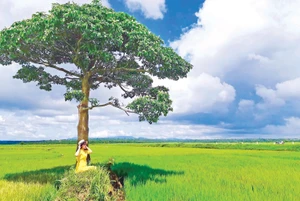
Summer wind
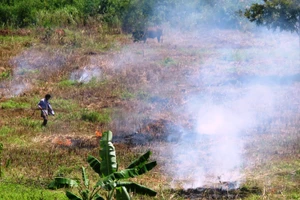
The farming season is coming.
Source: https://baogialai.com.vn/van-vuong-bong-gon-post320903.html




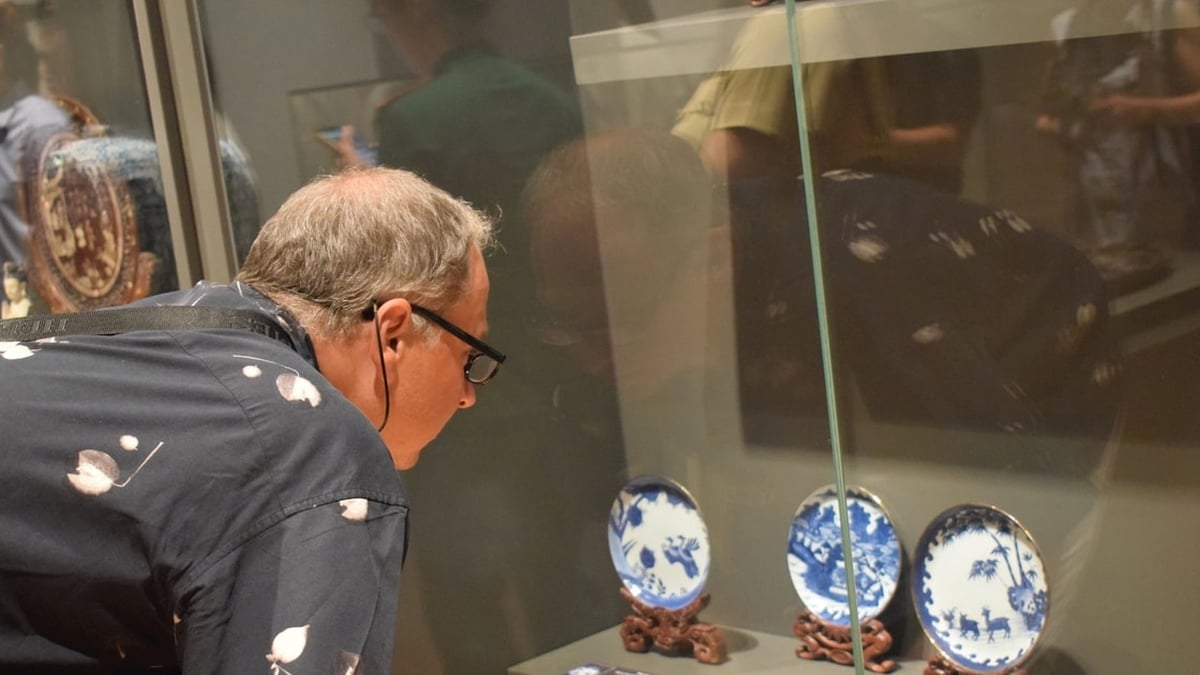
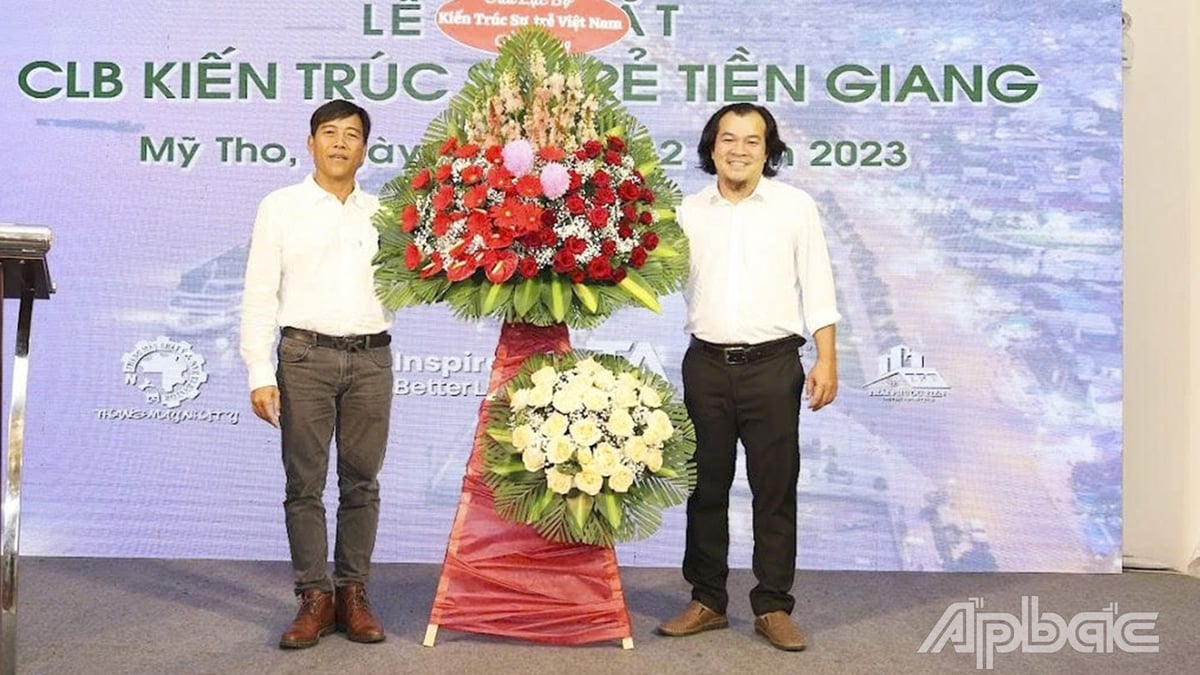





























































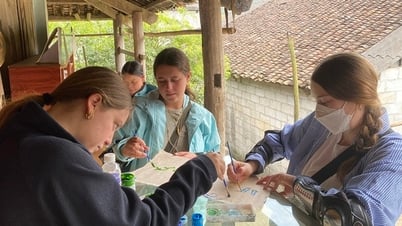
































Comment (0)